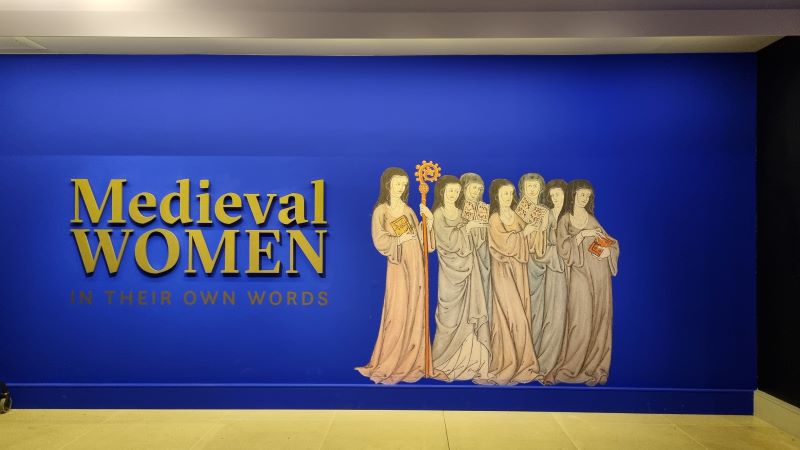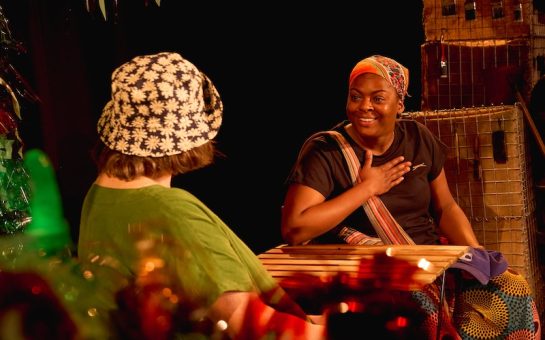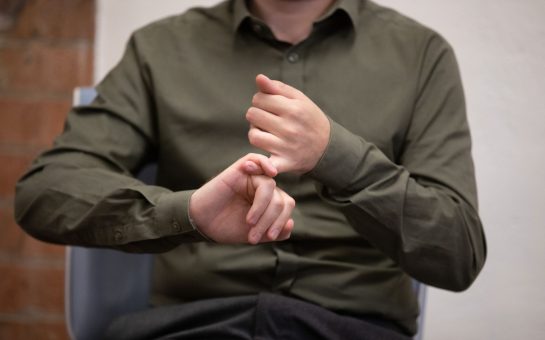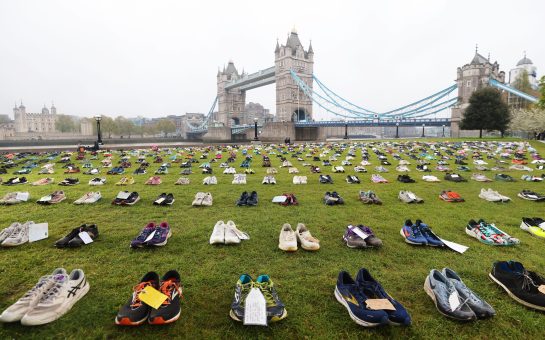The British Library has introduced a new exhibition dedicated to uncovering the hidden voices of medieval women.
Medieval Women: In Their Own Words highlights the lives of women often overshadowed by male-dominated narratives.
It intimately explores artefacts, prayer books and letters, and Dr Eleanor Jackson, the lead curator, emphasised the intention behind the exhibition.
Dr Jackson said: “From the beginning, we wanted it to be something that would represent the full diversity of women’s lives in the Middle Ages.
“We decided really early on not to include things like Chaucer’s Wife of Bath who is a very famous medieval woman.
“Ultimately, she’s a fictional character told in the voice of a male author, and that wasn’t what we wanted to do.”
Medieval Women: In Their Own Words opens today.
— British Library (@britishlibrary) October 25, 2024
Join us to discover the rich and complex lives of women in the Middle Ages, both famous and forgotten, as you uncover their artistry, resourcefulness, courage and struggles.
Meet the women: https://t.co/Xrqy7qfstX
Members go free pic.twitter.com/hs72J39YEK
The discovery of female medieval writers added to the curators’ mission to challenge and broaden the popular stereotype of women as housewives by showcasing lesser-known female authors.
One highlight was the story of Maria Moriana, a writer and woman of colour in medieval England.
Dr Jackson said: “One assumption that a lot of people have is that there were no people of colour in medieval England, but records like this prove otherwise.”
The exhibition illuminates women’s everyday lives, including glances into domestic practices, female friendships, experiences of motherhood, first loves and heartbreaks, faith and the ongoing complex relationship with patriarchy.
Among it are displays covering pregnancy, loss, love, marriage, adultery and inheritance all gathered to build a complex, humanised portrayal of misunderstood women.
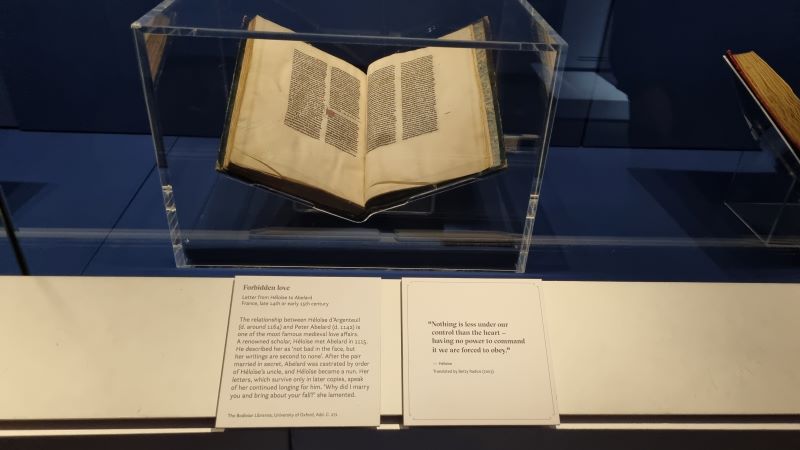
Lucy D, 24, who works in the cultural sector, visited the exhibition.
She said: “The exhibition as a whole made me see medieval women in a more three-dimensional way.
“I think before I probably did have quite a patriarchal view of them, I saw them as sort of there, to serve men.”
The uncovering of diverse stories offered the exhibition a nuanced detailed portrayal away from the male-centric portrayals that have dominated the narrative.
Medicine and the body, engaged modern audiences with the universal themes of childbirth, infertility and motherhood.
It featured manuscripts and medieval remedies which highlighted the physical challenges women faced in the Middle Ages.
For Lucy this was an emotionally touching resonance with her own understanding of womanhood.
She said: “It’s really important to understand the history of womanhood.
“It shows how the issues women face are timeless.
“I think it’s important for men to see it too.”
Religion, faith and women’s political role within it played a huge part in the exhibition, too.
Medieval women’s significant contribution and dedication to spiritual life was highlighted in prominent manuscripts which celebrated writers such as Julian of Norwich.
It illustrated how religion was used by women to defy the limitations placed on them by patriarchy.
From personal home prayers to public devotions, the exhibition highlighted the depth of women’s faith and political resilience through religion.
A prominent figure included Christine de Pizan, one of the first women in Europe to make a living as a writer.
Surviving accounts show the richness of female religious culture and devotion.
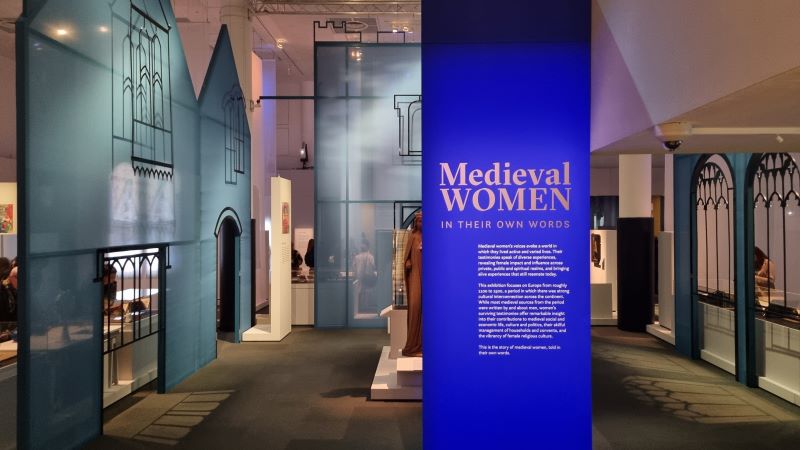
One of the more bold and striking parts of the exhibition was the introduction to medieval sex workers and societal outcasts.
These often taboo topics are presented in an raw and unfiltered manner.
It highlighted in a beautiful way the struggles women faced based on their sex.
A stand-out is the account of Eleanor Reichner.
Arrested in London for sex work, Eleanor was revelaed to be born as John Reichner but lived and presented as a woman, which provided a rare testimony of gender identity in the Middle Ages.
The exhibition has had a huge impact on visitors, sparking emotional reactions and deep engagement with the stories of medieval women, as audiences resonated with the timeless experiences.
Lucy said: “The exhibition showed me how rich their lives were, and I think it’s really important, especially for younger women and girls to see that.”
Dr Jackson noticed the exhibition resonated broadly across generations.
She said: “People are recognising aspects of their own lives in these medieval stories.
“We’ve had people of all ages coming, from senior citizens to young students, and they’re all deeply moved by the material.”
The exhibition is open until 2 March at the British Library.
Photo credit: Kasia Flisiuk
